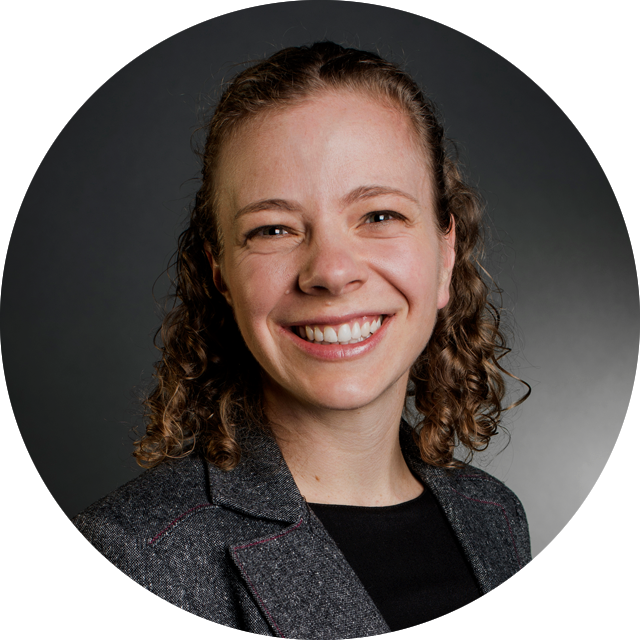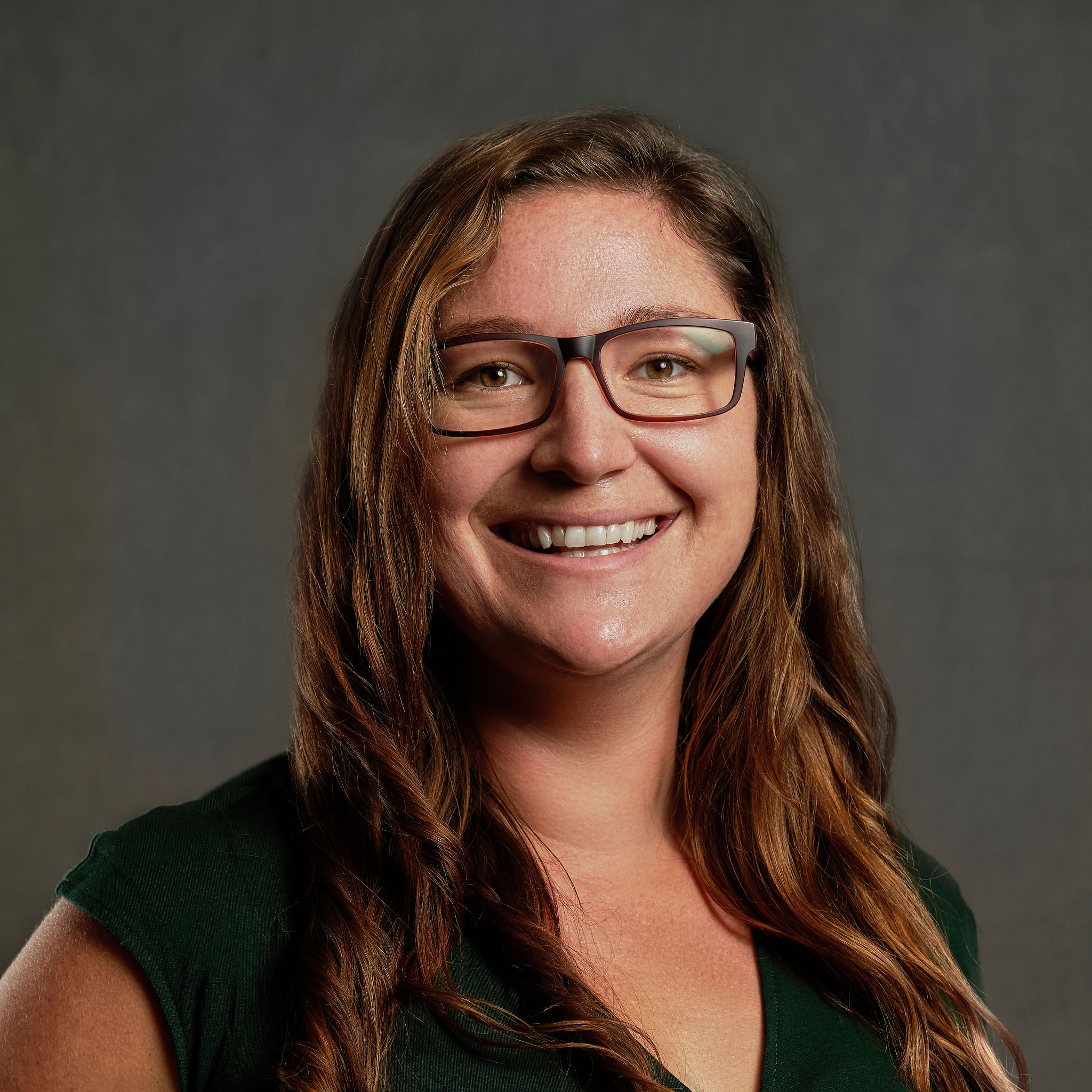As the 2020-21 school year begins, state and district leaders are working closely with teachers, families and other stakeholders to map out a plan that meets the needs of all learners. They are taking lessons learned from the abrupt and often messy transition to remote and blended learning this spring and are asking themselves what it will take to make remote learning a viable and affordable educational option for every student.
The United States Department of Education’s Rethink K-12 Education Models Discretionary Grant Program gave states an incentive to accelerate their plans to scale up flexible and remote learning options, plan out professional development modules and create a new system—either virtual or in person—designed to best meet everyone’s needs. A total of 39 states applied and award announcements are expected to be released sometime this week. Our team at Education First was pleased to work with ten of those states to support the development of their grant application. We were interested to see both the innovations and the similarities in their thinking, and we are excited to share our full analysis and observations in our latest publication Opportunities in the Midst of COVID-19: Innovative Ways States are Using this Moment to Rethink Education.
Each state approached the challenge of shifting to a remote and/or hybrid learning model in a unique way. Here are just some of the innovative strategies states are proposing in their applications:
Nearly all of the state proposals reflected the reality that the shift to remote learning was particularly difficult for students with learning differences, English learners and other special populations. Several states, including Arkansas, Massachusetts, New Mexico and Texas developed strategies to address these inequities through investments in technology and training, and mapped out strategies to establish pathways to strengthen tools, coaching, and support for parents.
Deeply ingrained in all of these state strategies is professional development, which many states prioritized as a key lever. State teams agreed that both experienced and new-to-the-profession teachers will need ongoing support and guidance to implement shifts in strategy and curriculum and to learn to use new tools and technology. New York, for example, plans to develop and launch the Teaching in Remote/Hybrid Learning Environments program, which would build the capacity of teachers and educational leaders to facilitate blended/remote instruction when needed. Florida plans to include a non-college-credit credential online professional development program for educators meant to address key issues in teaching and learning in the post-pandemic era, including topics in distance and blended learning ecosystems and robust online and digital learning models.
The process of developing these plans has prompted insightful, thoughtful discussions among state leaders about how a new system more reliant on technology could evolve to effectively meet the needs of every learner, particularly those most vulnerable. We encourage other states to leverage the good thinking to inform their own state-level conversations about system redesign, and how, when, and if to adopt a remote learning model.
_______________________
Through support from the Charles and Lynn Schusterman Family Foundation and Walton Family Foundation, Education First supported ten states in developing their K-12 Rethink Grant application over a six-week span between mid-May and July 2020. States participated in a workshop with field experts to generate ideas, worked with a dedicated coach to outline and draft their application, and had access to technical reviews and other grant writing support. We found it inspiring to be part of teams who were doing nimble and insightful work on a short timeline. We feel honored to have been a part of the process for these nine states and we look forward to seeing what states will do next.



